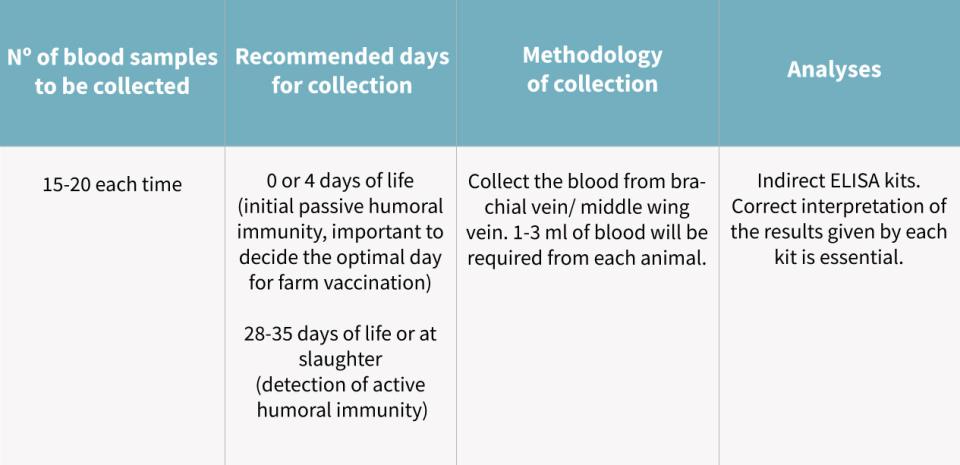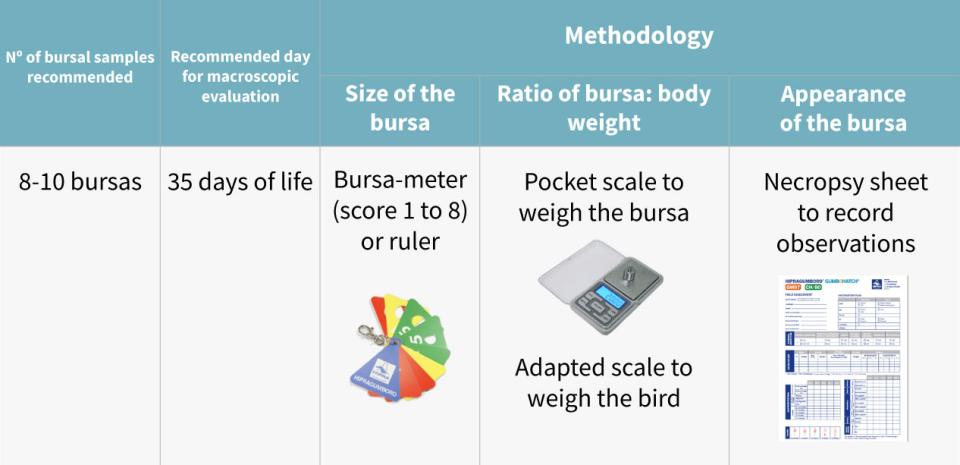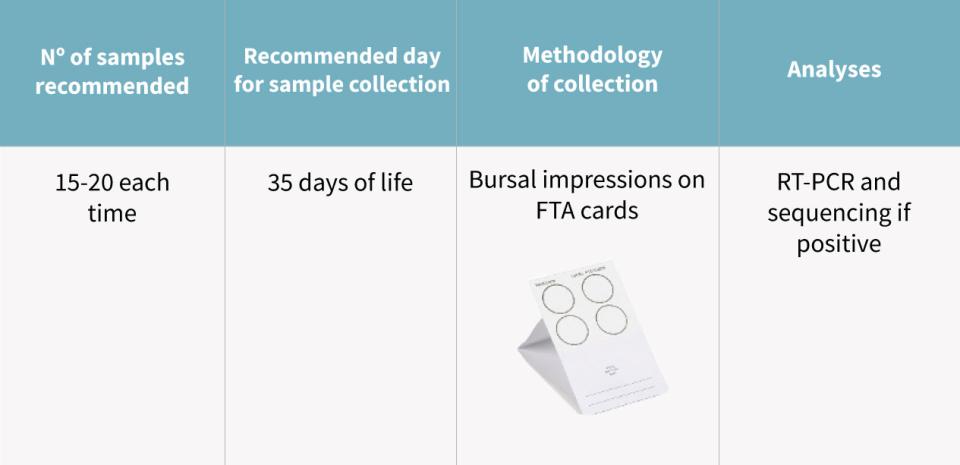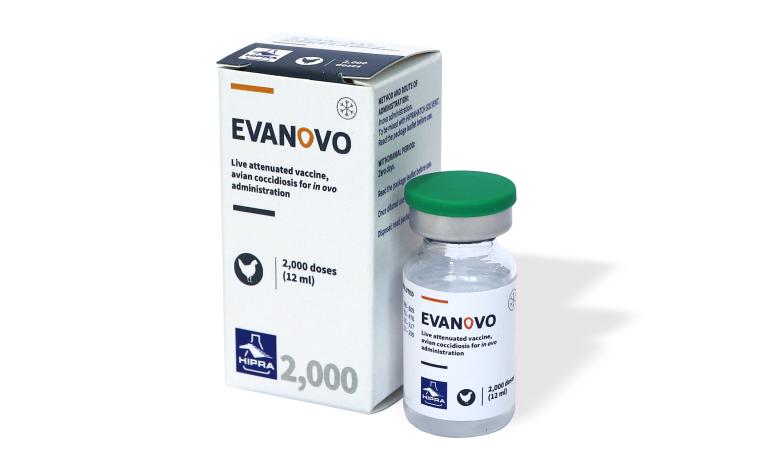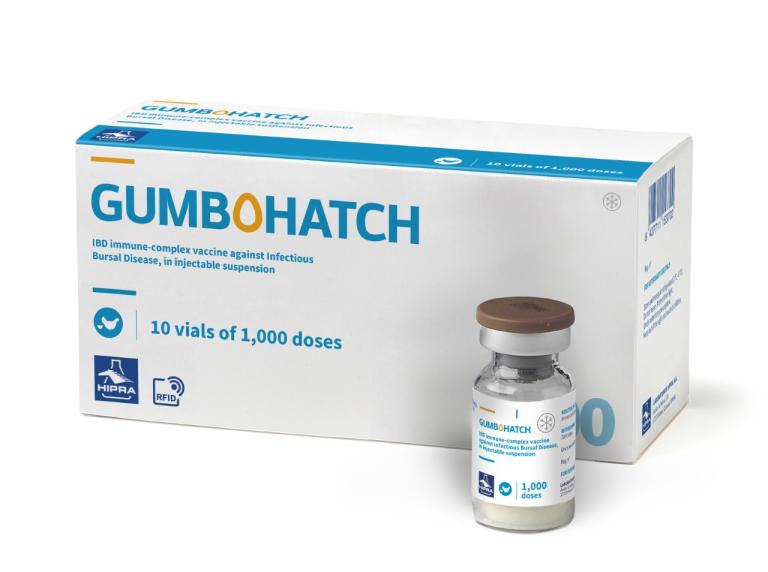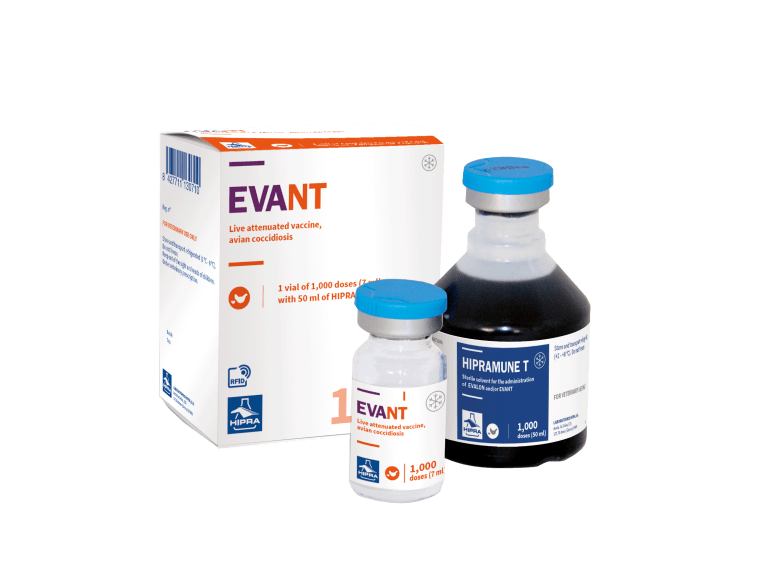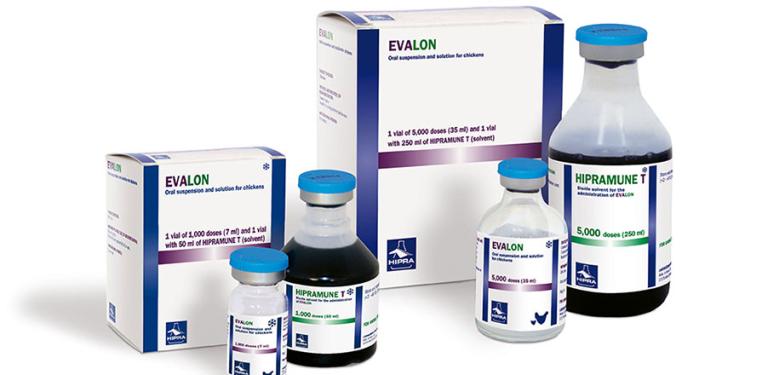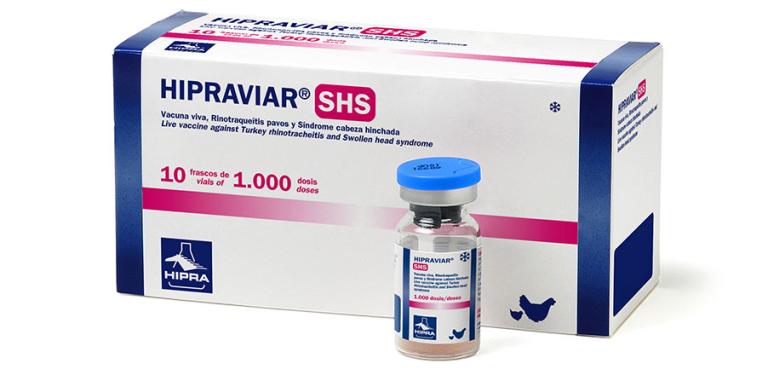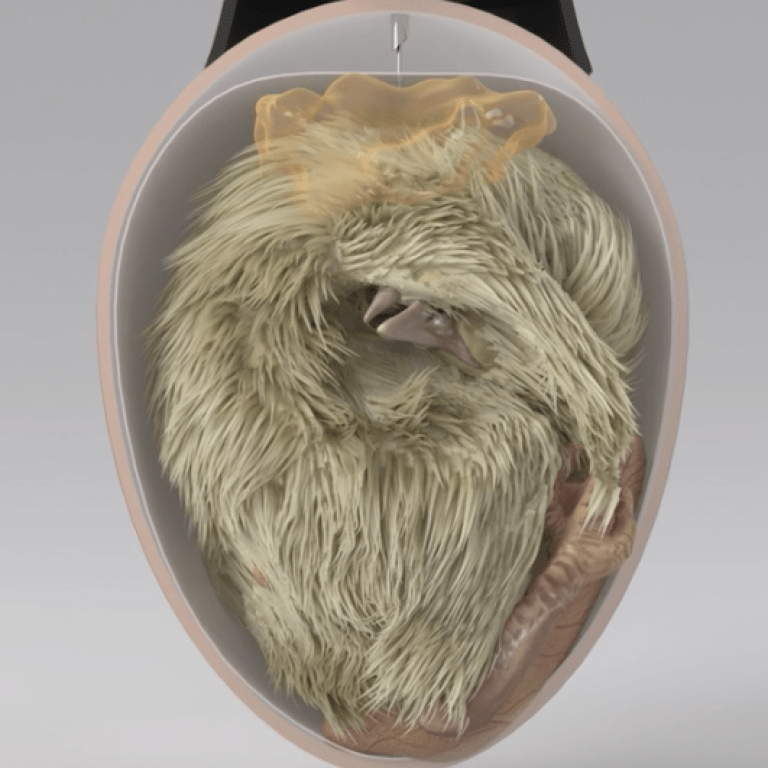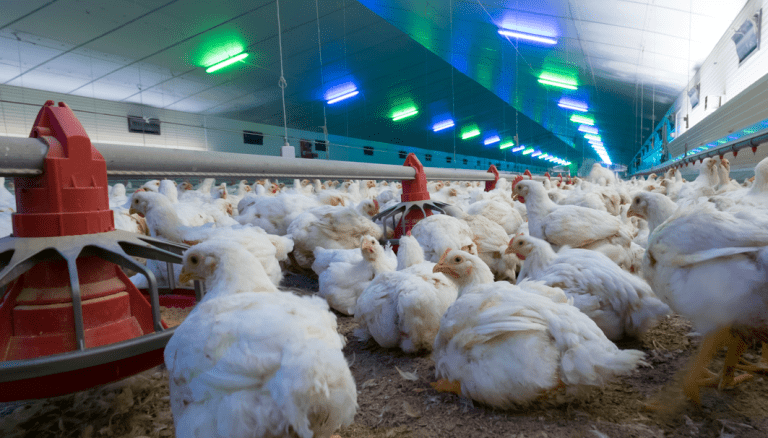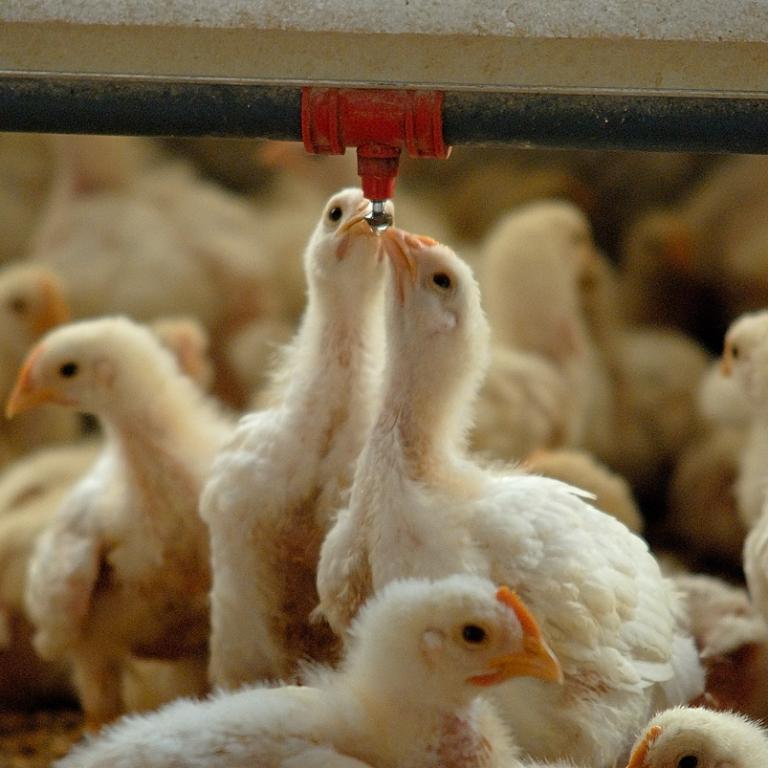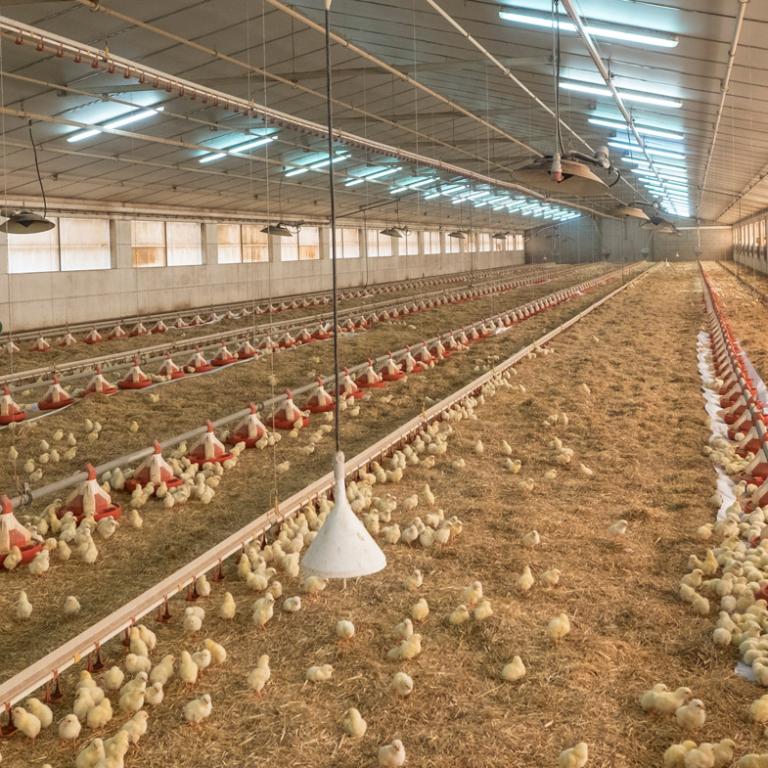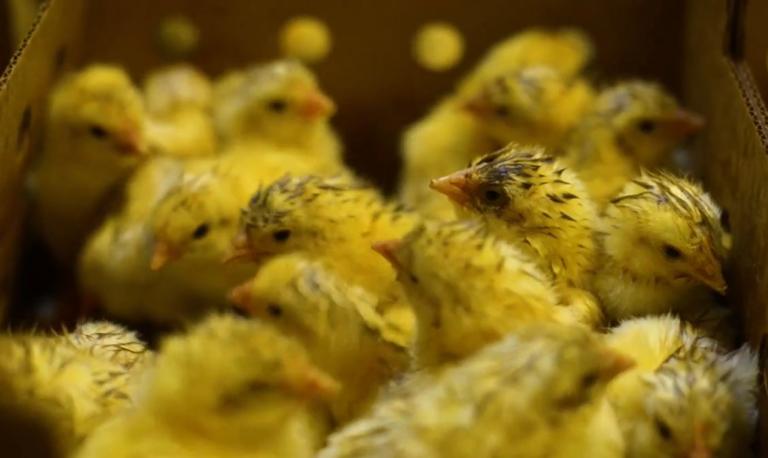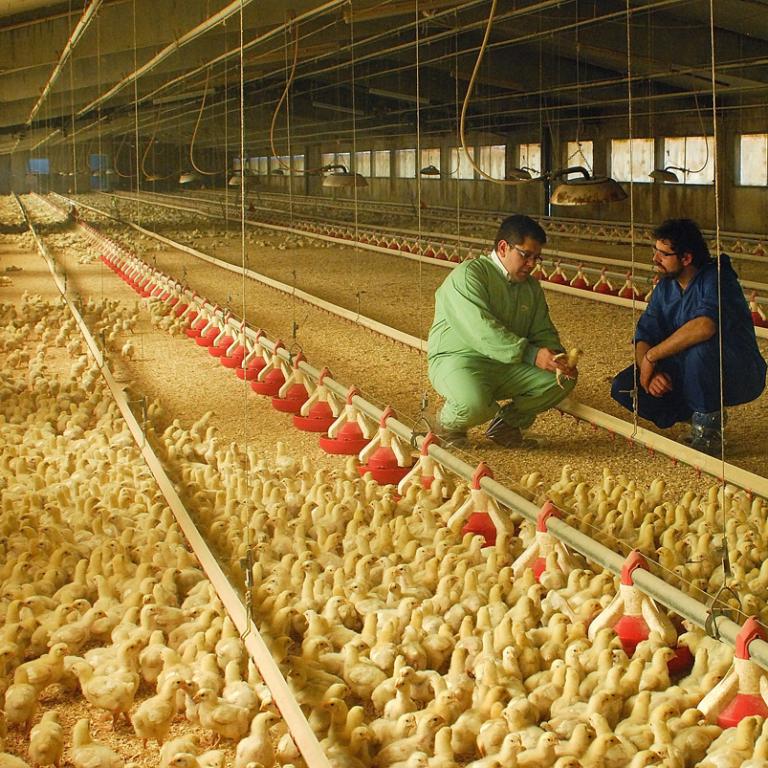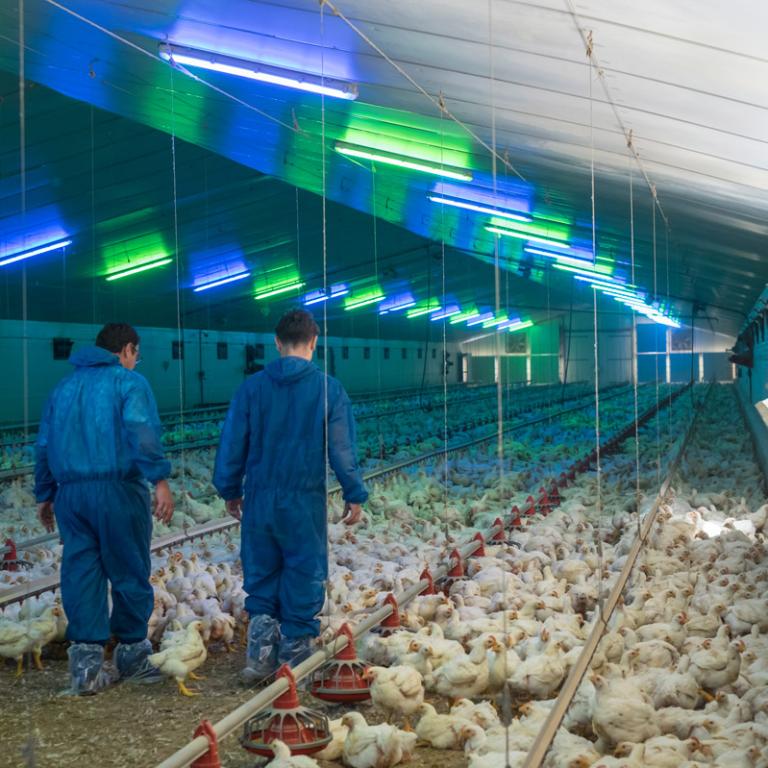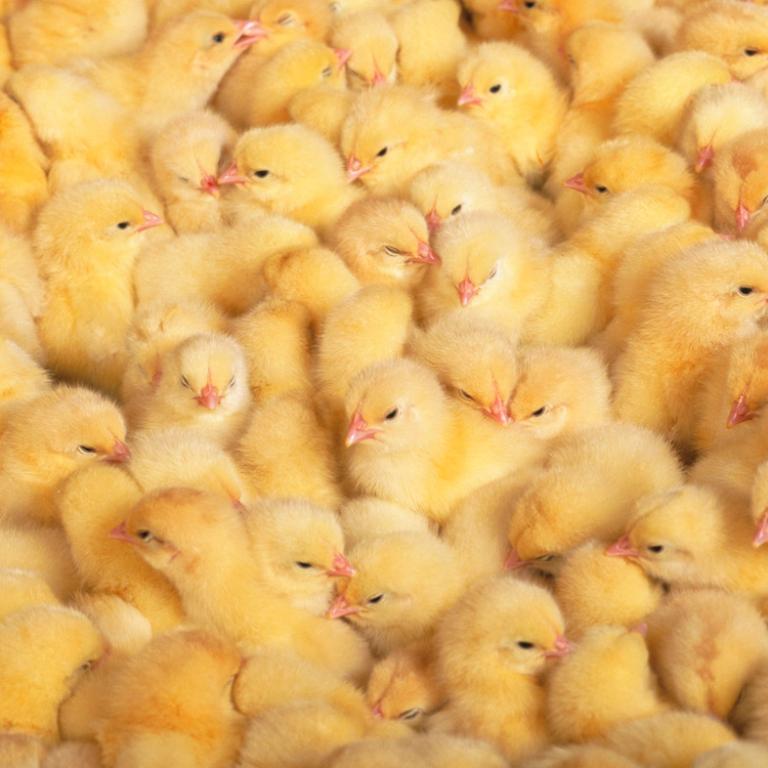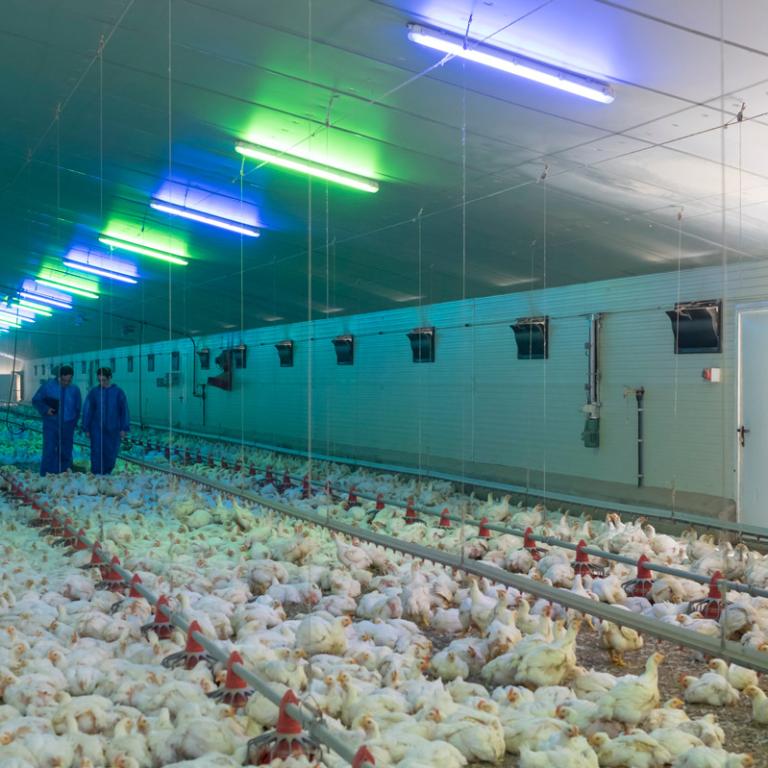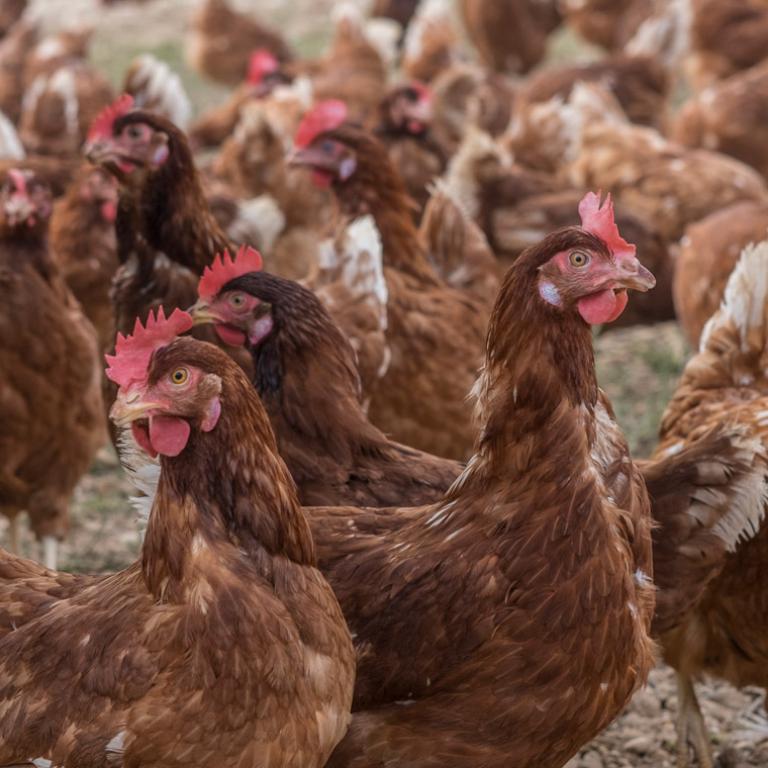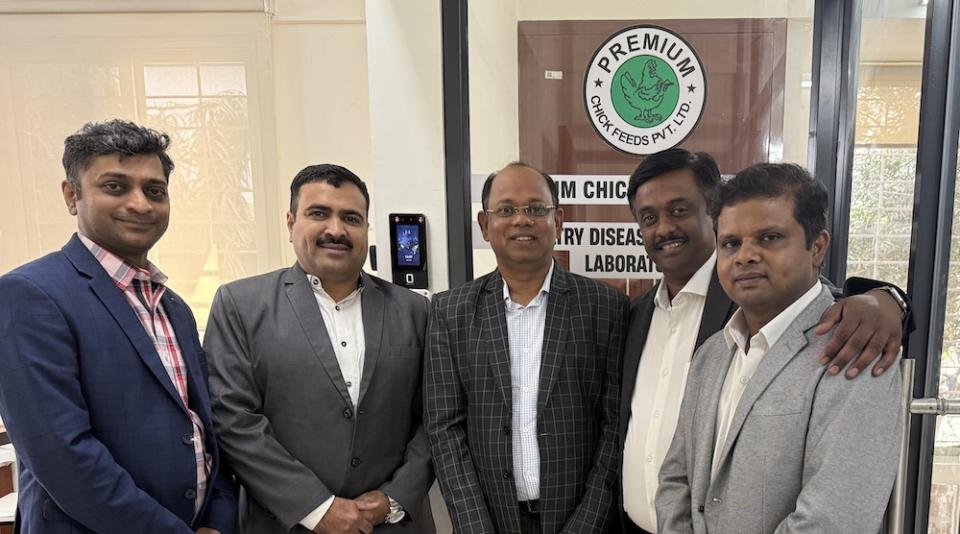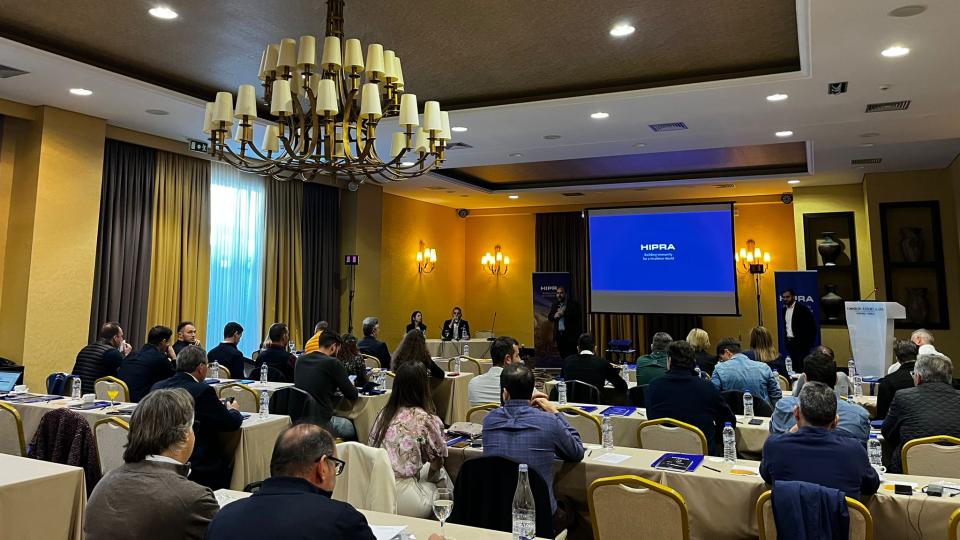Controlling Gumboro Disease, is what I am doing enough?- Part 1
Gumboro Disease or Infectious bursal disease (IBD) is a disease of chickens which targets the Bursa of Fabricius, an important organ in the young chicken's developing immune system.
The causative agent, a Birna virus, destroys immature B-lymphocytes in the Bursa of Fabricius, resulting in immunosuppression. Very virulent strains of IBDV can result in mortality of up to 40%. Control is best achieved by improved biosecurity and vaccination.
There is no IBD vaccination schedule that can be routinely recommended and there are many influencing factors (type of chicken, level and uniformity of MDAs, MDA breakthrough titre of the vaccines; field pressure;…).
For this reason, in order to monitor vaccination effectiveness, it will be important to implement a follow-up protocol by which different variables should be evaluated over time. This will help to establish a baseline of results as a reference for the farm.
Some basic parameters should be considered in the monitoring routine:
· Serological response
· Macroscopic evaluation of the bursa
· Detection of vaccine virus in the bursa
· General productive parameters
Serological response
Taking blood samples at marketing age or at specific points in the bird’s life is essential in order to know the situation of the flocks and to be able to compare this with the mean for previous flocks. In this way we can also detect virus pressure and have a full and better understanding of the situation.
